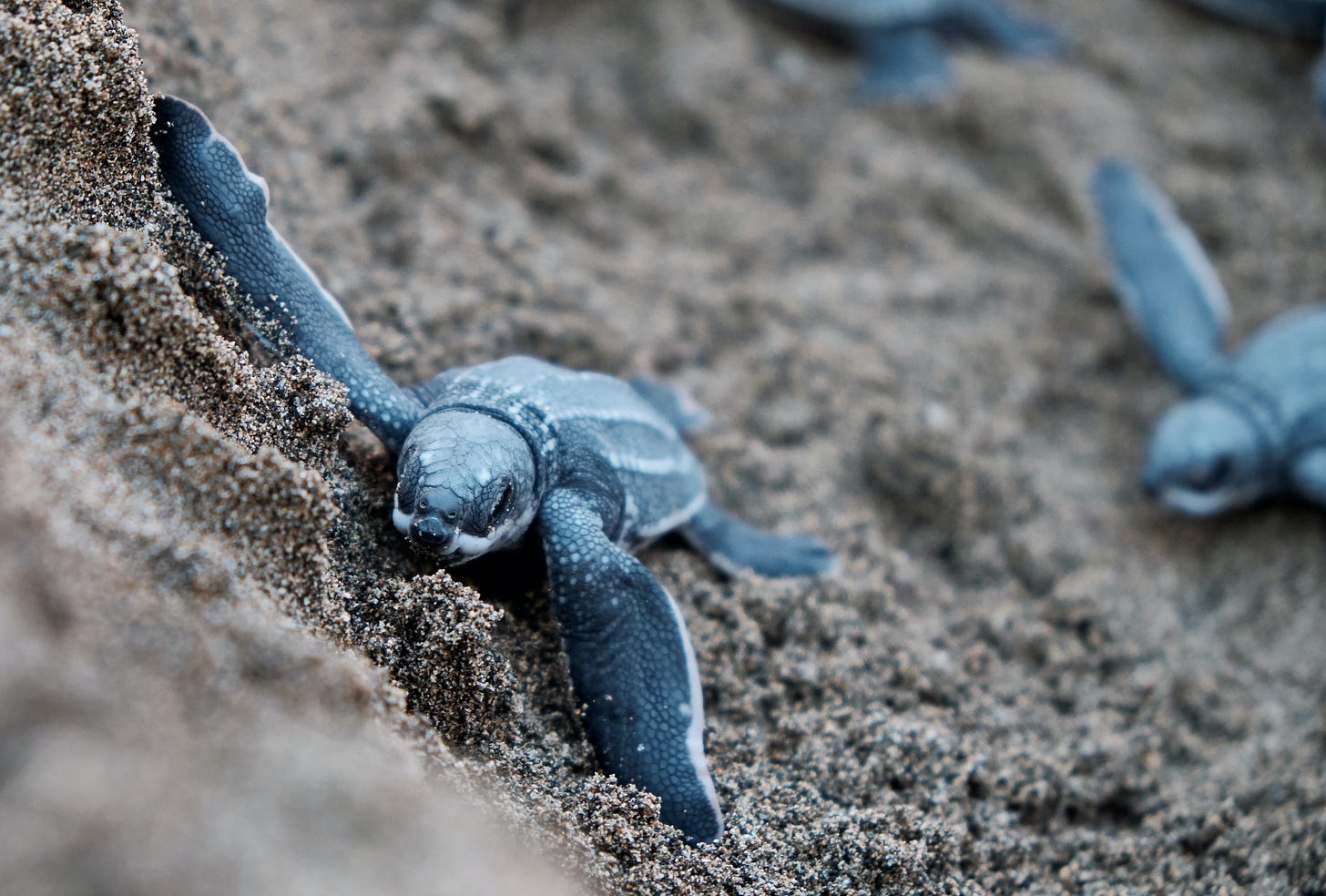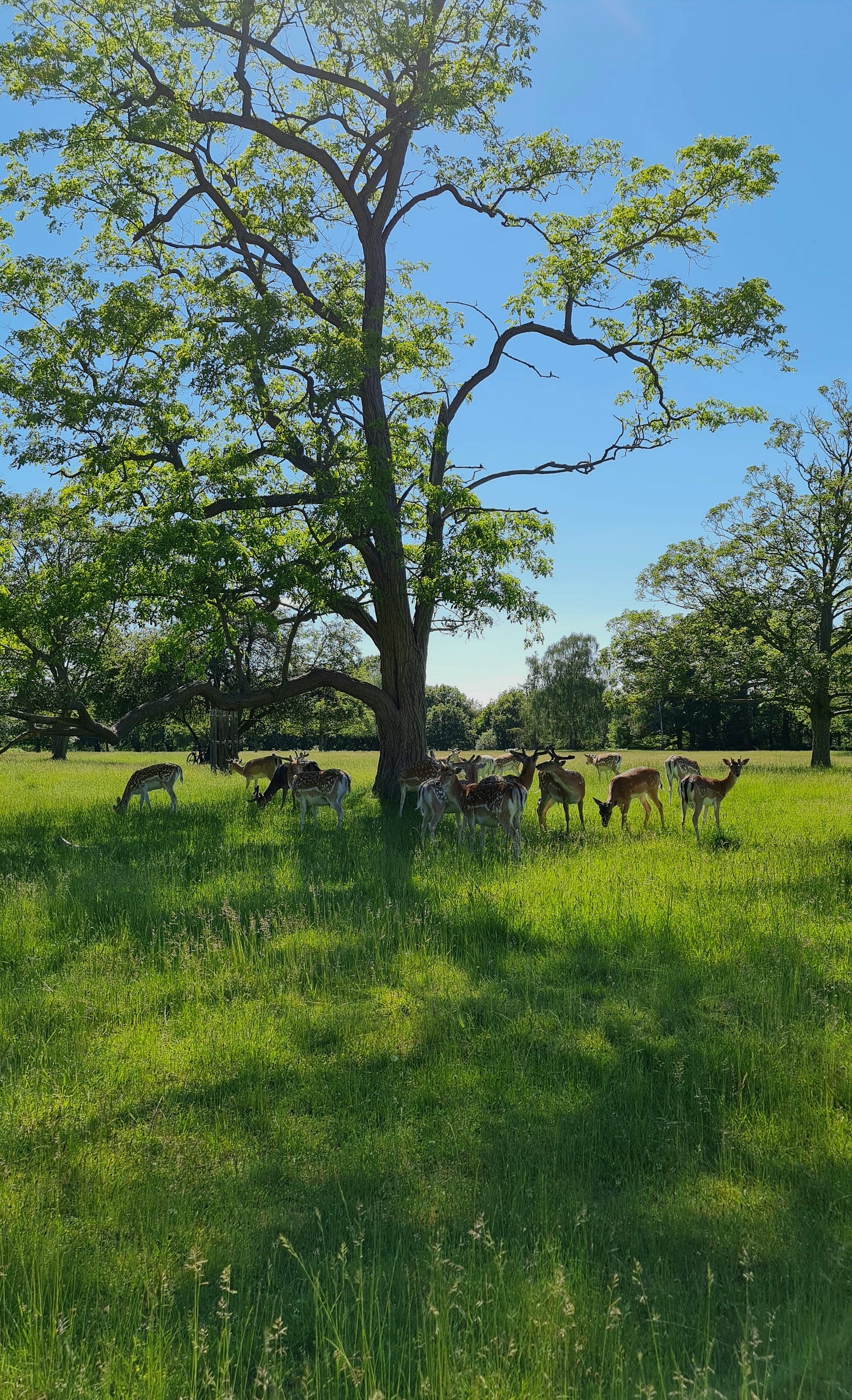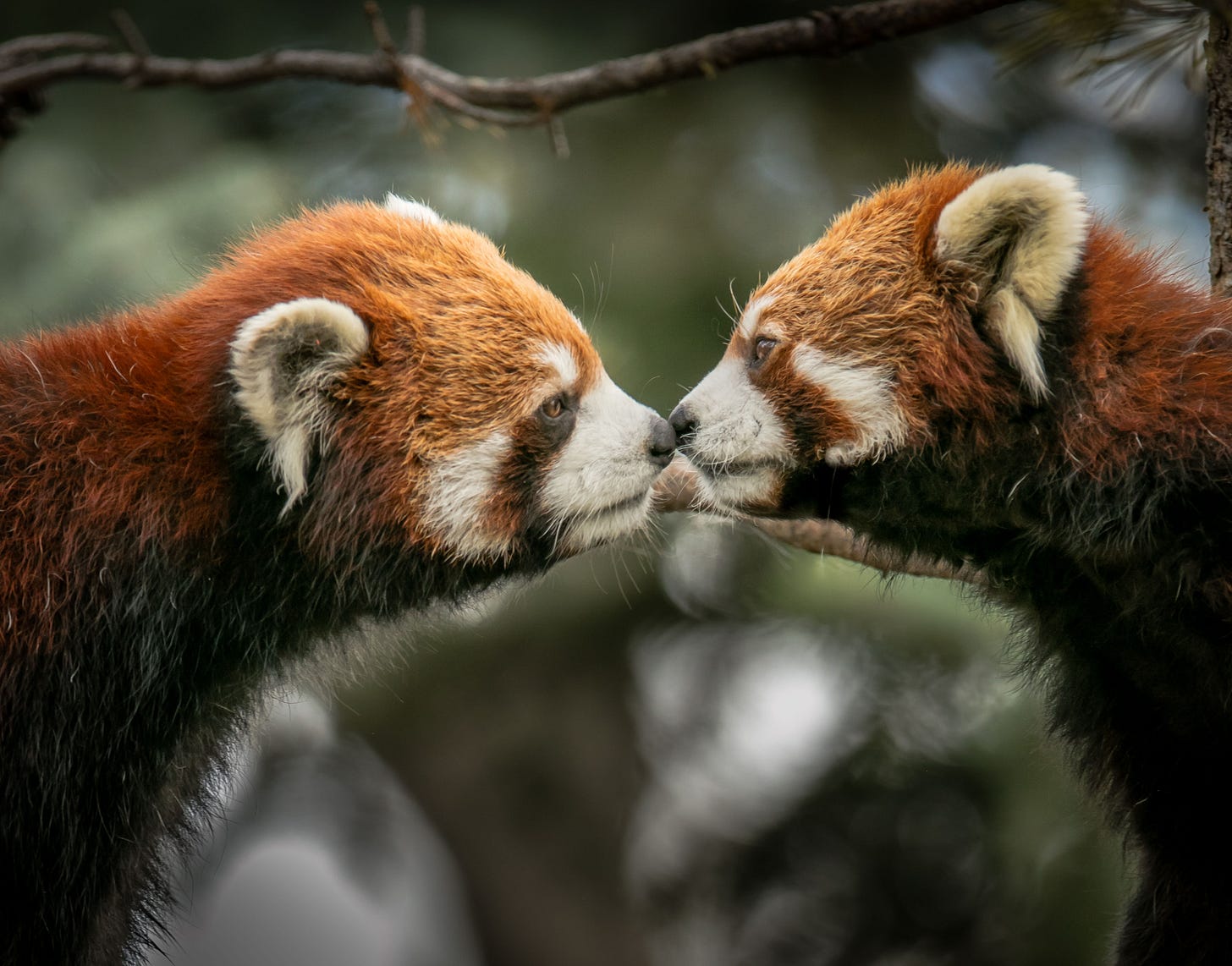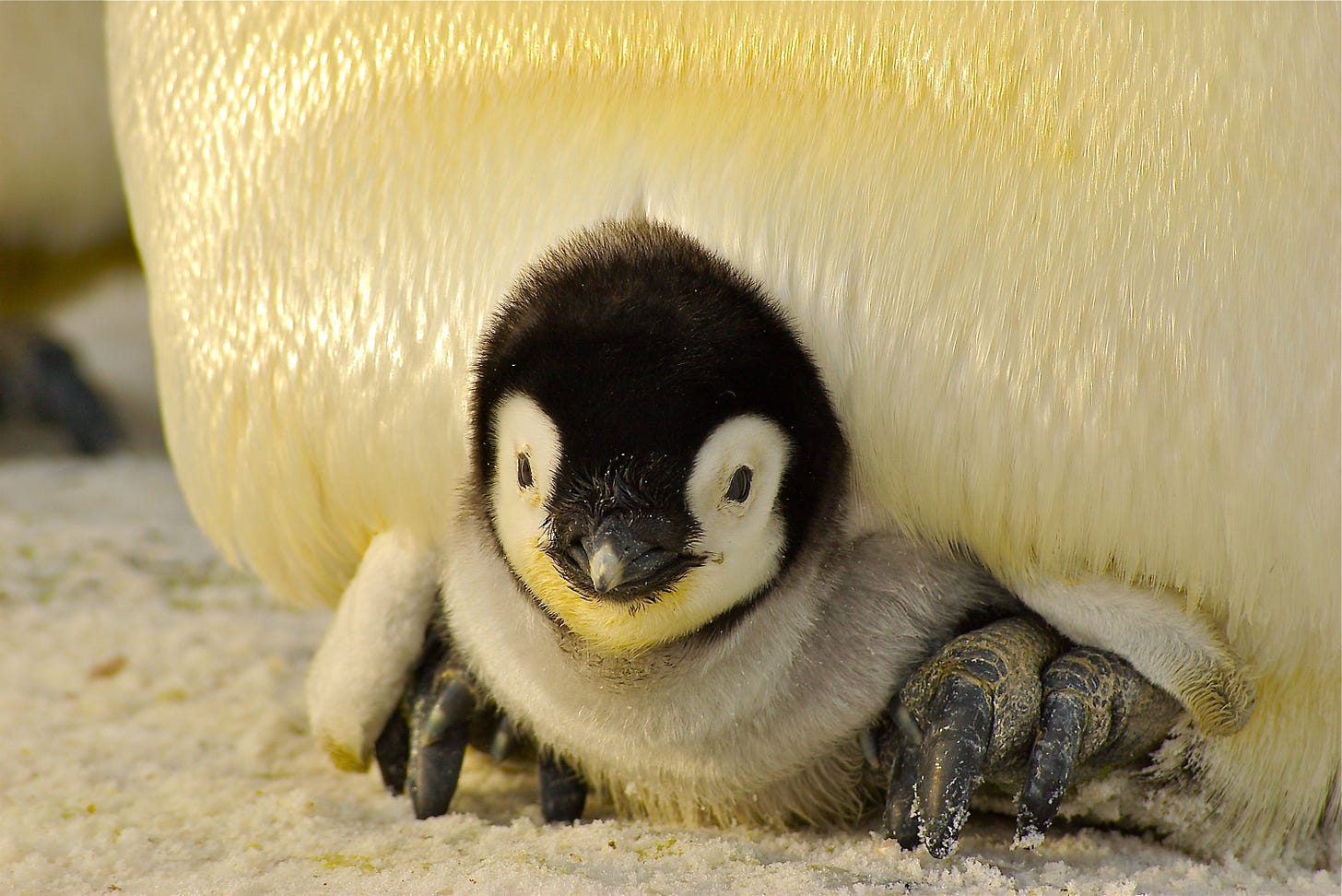Welcome to Natural Wonders! This is where we celebrate curiosity and the fascinating ways Nature continues to amaze us. If you’d like to see past weirdness, click here.

I don’t usually do this, but the Natural Wonders question in my title is not actually my question this week. It’s more convoluted than that, and I wasn’t sure how to convey the tangle of questions in my head. Here’s how it started:
About two weeks ago, I came across an article that had bad news: way too many sea turtle hatchlings are turning out to be female, upsetting the natural ratio of boys to girls. It’s a fascinating fact that the sex of baby sea turtles is not predetermined when the mother lays the eggs on the sandy beach. It’s actually the temperature of the sand that determines their sex (not gender – “gender” refers to the culturally defined roles and behaviors of boys and girls, whereas “sex” is a biological term). Eggs that mature in warmer sand develop into female turtles while eggs in cooler sand become males; researchers use the terms “hot” chicks and “cool” dudes to help remember this.
Because our beaches and air and summers and overall planet are getting warmer, the sand is becoming too warm to produce enough males. For the past four years, ALL of the turtles have been female, and that’s worrying scientists who are already concerned about a threatened sea turtle population.
However, when I dug deeper, I found that the balance of males to females in sea turtles isn’t necessarily supposed to be a 50/50 ratio – in many cases in the past, only about 10% of eggs have become males.
Why is that? Are some populations naturally unbalanced male/female? Does it have something to do with how “promiscuous” the males are? For instance, in a normal deer population I’ve heard from hunters that there are usually many more females (does) than males (bucks). Since each male mates with several females during the mating season, is that why there’s an imbalance?
I’ve heard that some birds, like geese, mate for life – in those animal populations, is the male to female ratio balanced since there are fewer unmated geese making the rounds each season? Obviously, I have many questions swirling around in my head, but if I had to boil it down to one “master” question, I think it is:
Which animals have balanced sex ratios and does it have anything to do with their tendency to mate for life?
This was not an easy topic to research. I spent a lot of time going in circles before I started finding some answers – and what I found was actually pretty surprising.
First of all, I discovered the term for what I’m looking for is Adult Sex Ratio (ASR) of a species – that’s the ratio of males to females in a given population. It seems that, for most animals, it IS natural to have a 50:50 ratio. Even deer herds should be balanced – if they are managed well and if you count them ahead of hunting season, before many of the males get taken out.

This tendency towards balanced sex ratios is called Fisher’s principle and was first outlined back in the 1930s. The theory states that a balanced ratio of males to females is an adaptational goal of most animal populations, including humans. If a population gets unbalanced, principles of natural selection bring it back into equilibrium because the lesser-represented sex is at an advantage. A real-life example of this can be seen in China, where the One Child policy from the 1980s and 90s has resulted in a skewed population of many more men than women. Many families who find they’re pregnant but are only allowed one child will screen the sex of the fetus and terminate the pregnancy until they are able to conceive a boy child. Boys have a much higher earning potential and can better take care of parents in their old age. Whereas a typical human population has a ratio of 107 boys for every 100 girls, in China the ratio has gone as high as 120:100.
This is where Fisher’s principle kicks in – when there are not enough females to go around, suddenly being female is very desirable! Women in China are able to choose their mates and marry men with more money and better resources. China has since stopped the One Child policy and ratios are coming down, with the current ratio at 111:100. This same basic process happens in animal populations that become imbalanced – the under-represented sex finds itself at an advantage until equilibrium is restored, sometimes after several generations.
Do ALL animals have balanced populations?
Fisher’s 50:50 ratio is almost universal in nature. But when it’s not, it’s because Nature’s not playin’ around…
Some species, like sea turtles, have unbalanced populations because of environmental sex determination. The temperature of the environment controls the sex of the offspring and can be altered simply based on whether the mother lays eggs in the shade of a bush or out in the open. This is true for most turtles and all crocodile species as well as bearded dragon lizards and some fish.
But other species are imbalanced because individual animals will actually change sex during the course of their lives. For instance, parrotfish live in harems with one male and multiple females. When the male dies, the largest female transitions to male and takes over. The reverse happens with clownfish – all clownfish are born male and live in small groups led by a dominant male and female. If the female dies, the dominant male changes to female (possibly by awakening latent cells that were there all along) and one of the subordinate males of the group becomes the new male leader.

Does any of this impact whether animals mate for life?
Even though Fisher’s principle states that a high majority of animals have balanced male to female ratios, that does NOT mean there’s a connection with mating for life. It turns out that monogamy in the animal kingdom is extremely rare.
Many of the articles I came across discussed a range of monogamous animals, from wolves (whose alpha male and female are the only ones allowed to mate in the pack) to North American beavers (but NOT their Eurasian cousins) to 90% of birds. However, scientists have begun doing DNA fingerprinting tests on offspring (basically, nature’s paternity tests) and determined that even animals we thought were monogamous usually “cheat” now and then. They are therefore considered to be “socially monogamous,” meaning they occasionally mate outside their pair bond. Only about 3-5% of the 4,000 species of mammals on the planet are truly monogamous, and even then, scientists are reluctant to label any animal as such without extensive testing.

Why might animals be truly monogamous? Some species have sparse populations with few options for mates. This seems to be the case for seahorses, who aren’t actually very good swimmers (they oftentimes link tails and swim together) and usually live alone or in pairs, but rarely in larger groups. Seahorses share the work of creating their young: the male seahorse accepts the female’s eggs into a pouch on his belly where he fertilizes them and then carries them until they are ready to hatch.
Other species, like Emperor penguins, need help raising their young – the mothers rely on the fathers to keep the egg and then the newborn chick warm in their fat rolls so they can head off to feed.

Actually, monogamy (or at least social monogamy) might be more prevalent in birds simply because they can both care for their young whereas in mammals only the mother is able to provide milk to her young, making it less likely the male will stick around to help.
Verdict: Most animal species have balanced sex ratios and when they don’t, Nature has very creative reasons for the imbalance. Monogamy is rare and isn’t connected to sex ratios.
All of this was news to me. But it makes sense – Nature likes balance. Most species operate under this need for equilibrium, like water seeking its own level. And while we humans may think 50:50 ratios are “normal,” that’s not what makes sense for clownfish or crocodiles.
Nature wants first and foremost to continue. Most animals (and plants) live to procreate and continue their line. Therefore, sticking to only one partner and mating for life doesn’t always make the most sense. When animals are monogamous, it’s for a very good reason.
Weird Nature:

Detritus:
A two-headed baby sea turtle was found off the coast of North Carolina.
“Looking For Marla” is a picture book shares facts about how clownfish can transition over their lifetimes.
Researchers have completed an assessment of native trees in the contiguous U.S. and found that 11-16% of them are threatened with extinction. Many of these are species of oaks – there are 85 separate oak species, 17 of which are threatened by invasive pests and diseases.
Ever wondered how insects become airborne?





Fascinating stuff! Thank you for the work you do -- I love learning all these strange things about our world.
Fascinating once again, and that leaf butterfly blew my mind. I've seen some good examples of camouflage but that's spectacular.